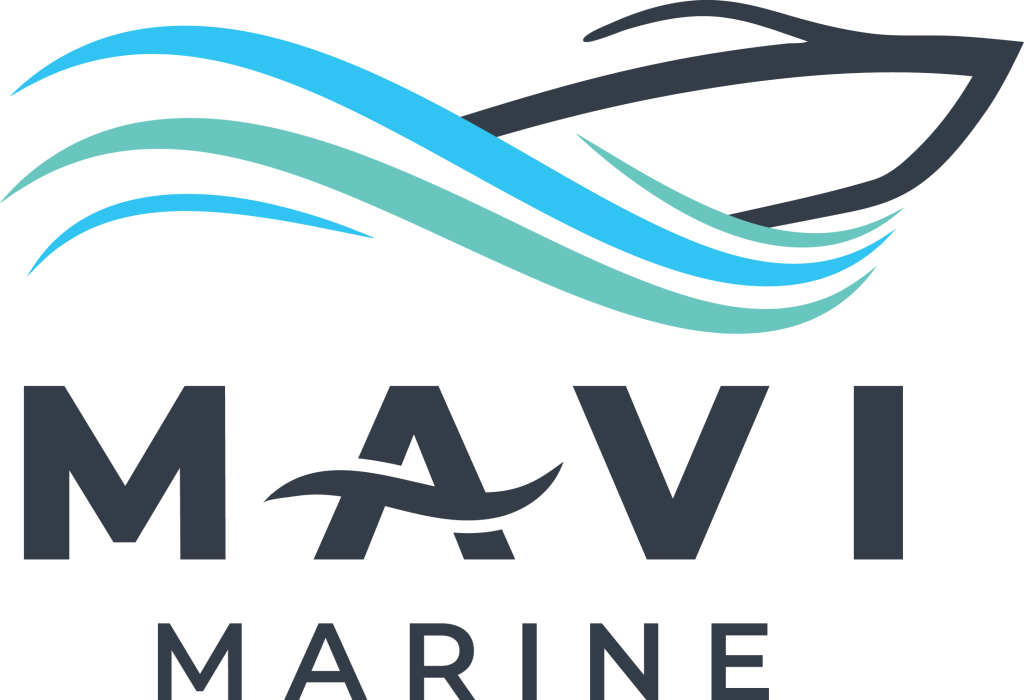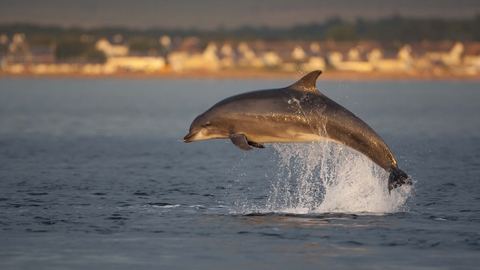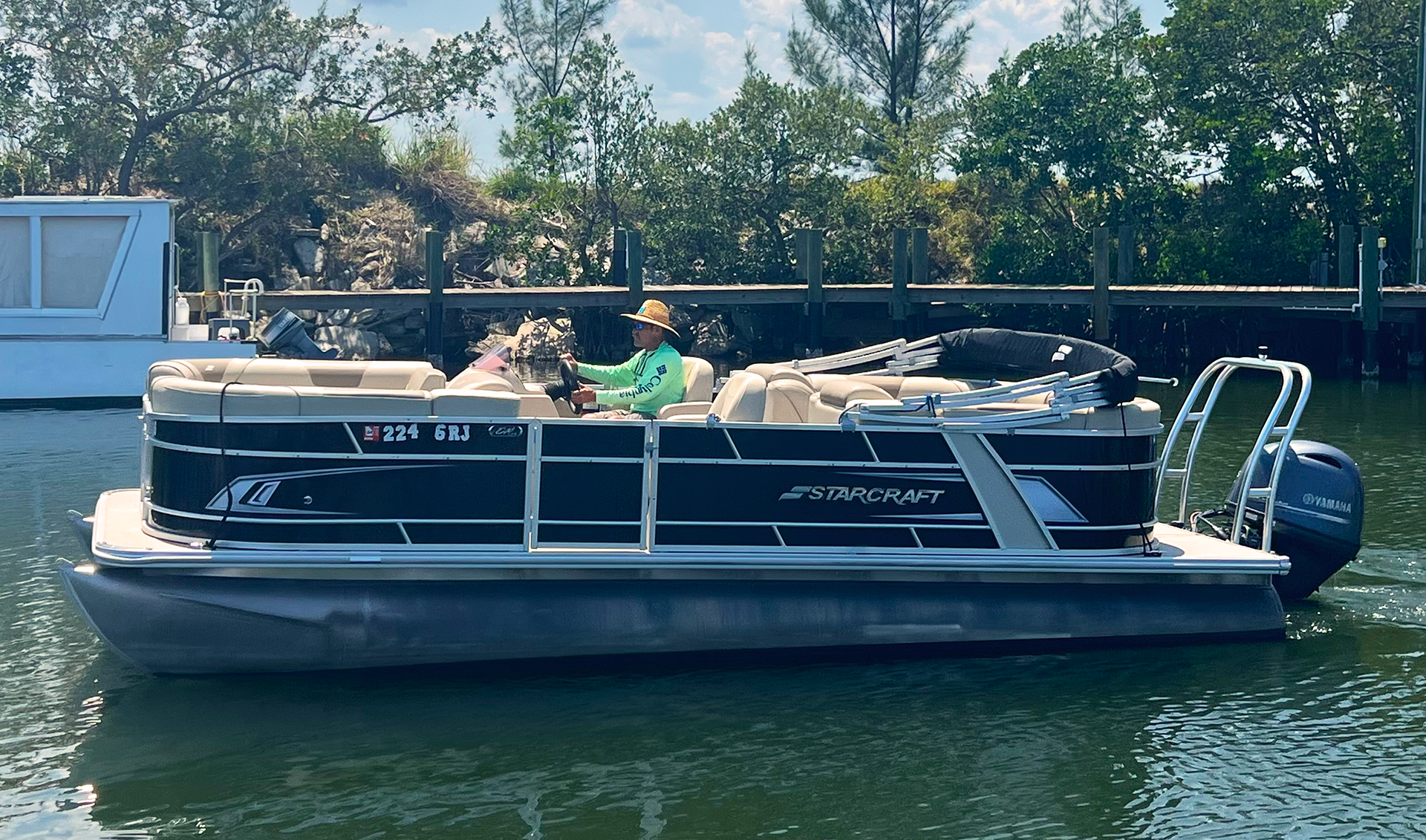Dolphins are one of the most commonly seen animals in Cocoa Beach, Florida. These delightful creatures are often seen frolicking in the waves or riding the currents near the shore. They are a type of marine mammal known as cetaceans, which also includes whales and porpoises.
Cocoa Beach in Florida is famous for its many water sports, such as surfing and diving. Cocoa Beach is also known for its beautiful beaches where you can relax or walk along the shore. However, many other activities exist, such as visiting the Kennedy Space Center or eating at Cocoa Beach restaurants.
Introduction: Dolphins have long captivated the human imagination with their intelligent behaviors, playful nature, and sleek acrobatics. These marine mammals, known for their remarkable communication skills and close-knit social structures, inhabit oceans and seas worldwide. In this blog post, we will delve into the intriguing world of dolphins, exploring their characteristics, behaviors, and the importance of their conservation.
Diversity and Adaptations: Dolphins belong to the family Delphinidae and encompass a diverse range of species, including the common bottlenose dolphin, orcas (killer whales), and spinner dolphins, to name a few. They have evolved a set of adaptations that enable them to thrive in their marine habitats. From their streamlined bodies and powerful tails to their efficient respiratory system, dolphins are expert swimmers, capable of reaching impressive speeds and diving to considerable depths.
Remarkable Intelligence: Dolphins are renowned for their intelligence, rivaling that of other highly intelligent animals such as primates and elephants. Their brain-to-body mass ratio is second only to humans. These intelligent creatures possess complex communication systems, using clicks, whistles, and body language to convey information and navigate their environments. They also display problem-solving abilities, self-awareness, and have been observed exhibiting cultural behaviors unique to specific dolphin communities.
Social Structures and Communication: Dolphins are highly social animals, living in tightly knit groups called pods. These pods often consist of family members and can vary in size from a few individuals to several dozen. Within the pod, dolphins exhibit remarkable social bonds, cooperating and assisting each other in hunting, raising young, and defending against predators. Their communication skills are vital for coordinating group activities, finding food, and maintaining social cohesion.
Playful Behaviors: One of the most captivating aspects of dolphins is their playful nature. They engage in various behaviors such as leaping out of the water, riding waves, and interacting with objects, including boats and other marine creatures. These playful antics serve multiple purposes, including social bonding, exercise, and honing hunting skills. Dolphin enthusiasts often witness their acrobatic displays, which never fail to leave a lasting impression.
Threats and Conservation: Despite their remarkable abilities, dolphins face numerous threats in today’s world. Pollution, habitat destruction, overfishing, and accidental entanglement in fishing gear pose significant risks to their survival. Furthermore, captive dolphin facilities have come under scrutiny due to concerns about animal welfare. Conservation efforts are essential to protect these incredible creatures, with organizations and researchers working tirelessly to raise awareness, advocate for responsible fishing practices, and establish marine protected areas.
Conclusion: Dolphins continue to capture our hearts with their intelligence, social behaviors, and playful antics. Understanding their remarkable adaptations, intricate communication systems, and the importance of their conservation is crucial in preserving these magnificent creatures for future generations. As we navigate the oceans of knowledge surrounding dolphins, let us strive to appreciate and protect the natural wonders that exist beneath the waves.
References:
- Mann, J., & Patterson, E. M. (2013). Tool use by aquatic animals. Philosophical Transactions of the Royal Society B: Biological Sciences, 368(1630), 20120424.
- Krützen, M., Mann, J., Heithaus, M. R., Conner, R. C., Bejder, L., & Sherwin, W. B. (2005). Cultural transmission of tool use in bottlenose dolphins. Proceedings of the National Academy of Sciences, 102(25), 8939-8943.
- Wells, R. S. (2014). Dolphin social complexity: lessons from long-term study and life history. In







